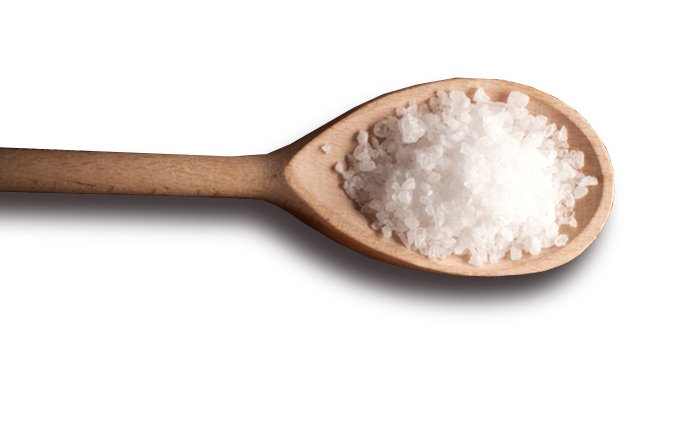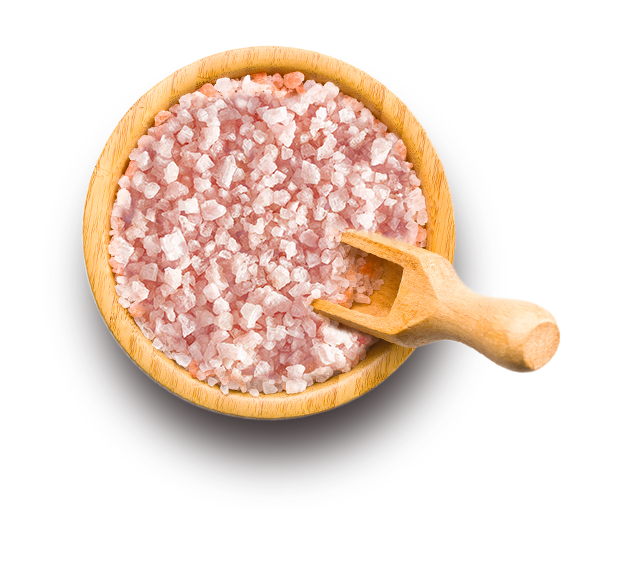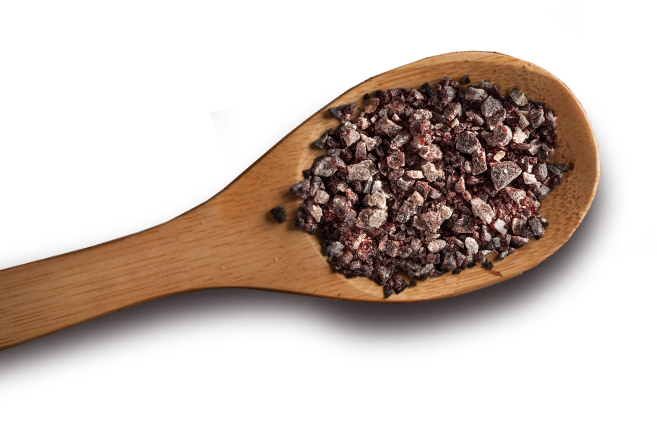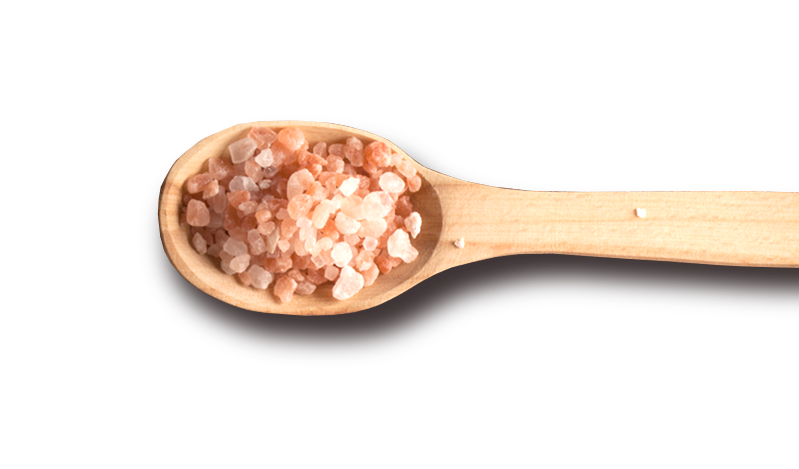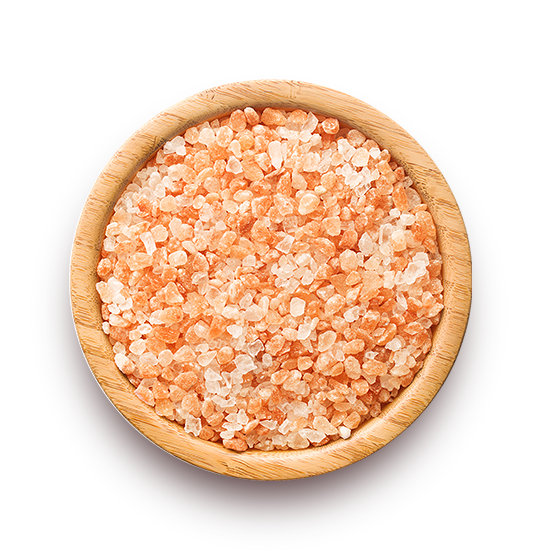Why is it important to know your salt :
Different types of salts have varied tastes, textures and usages. Table salt is most commonly used in everyday cooking, as it dissolves easily. Similarly, rock salt is usually used during fasting, as it is packed with calcium, magnesium and potassium. Black salt gives a distinct taste to your dishes and helps in digestion. Kshaar lake salt can be used over multiple cuisines of the world as it enhances the flavour of food. Also, due to its high alkalinity, daily consumption of Kshaar lake salt helps in balancing acidity and boosts immunity.
